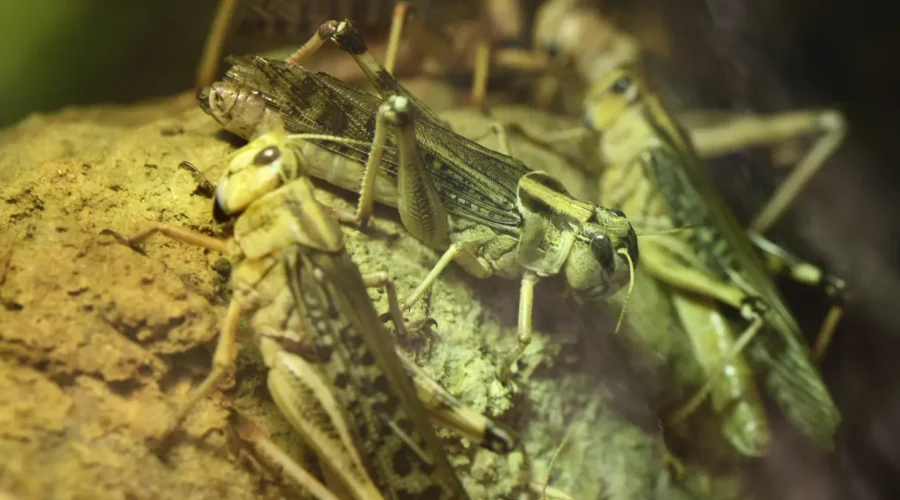In a remarkable confluence of entomology and robotics, scientists have been developing what may seem like a plot from a science fiction novel: cyborg locusts engineered to assist in search-and-rescue operations. These insects, known for their migratory swarms, are now being bioengineered to detect and respond to chemical signals, which could play a crucial role in locating humans trapped in disaster scenarios.
Research into leveraging the olfactory prowess of locusts — capable of sensing a range of chemical compounds — has led to the advent of these ‘biobots’. By tapping into the nervous system of locusts and outfitting them with miniature backpacks equipped with advanced sensors, scientists can read the neural activity that indicates the detection of specific odours. This groundbreaking technology has the potential to revolutionise search-and-rescue missions by swiftly identifying human beings through scent across vast and challenging terrains.
The primary impetus behind the cyborg locust project is the enhancement of emergency response efforts. In the wake of natural disasters such as earthquakes, hurricanes, or avalanches, the ability to locate survivors quickly is imperative. Currently, dogs play a significant role in such operations. However, despite their incredible abilities, there are limitations to canine search teams, including endurance and the risk to both the animals and their handlers in hazardous conditions. Cyborg locusts could eventually mitigate these challenges, offering a complementary or alternative solution.
The integration of living organisms with robotic systems provides an array of advantages. Locusts are naturally equipped to navigate and survive in harsh environments, which could make the biobots more robust and versatile than their purely mechanical counterparts. Moreover, the locusts’ innate responsiveness to chemical signals can be harnessed for specificity in detection that might be difficult to replicate in synthetic systems.
In pursuit of realising this technology, continued research is addressing the ethical considerations and ensuring a level of control over the cybernetic organisms to prevent unintended consequences. Engineers and biologists are working collaboratively to refine the interface between electronic components and biological tissue to optimize the cyborg locusts for field deployment.
As development progresses, these extraordinary creatures may soon become invaluable assets in humanity’s quest to save lives. The marriage of biology and technology within the cyborg locusts paves the way for a new horizon in search-and-rescue missions, fostering swift and sensitive responses when every second counts.
